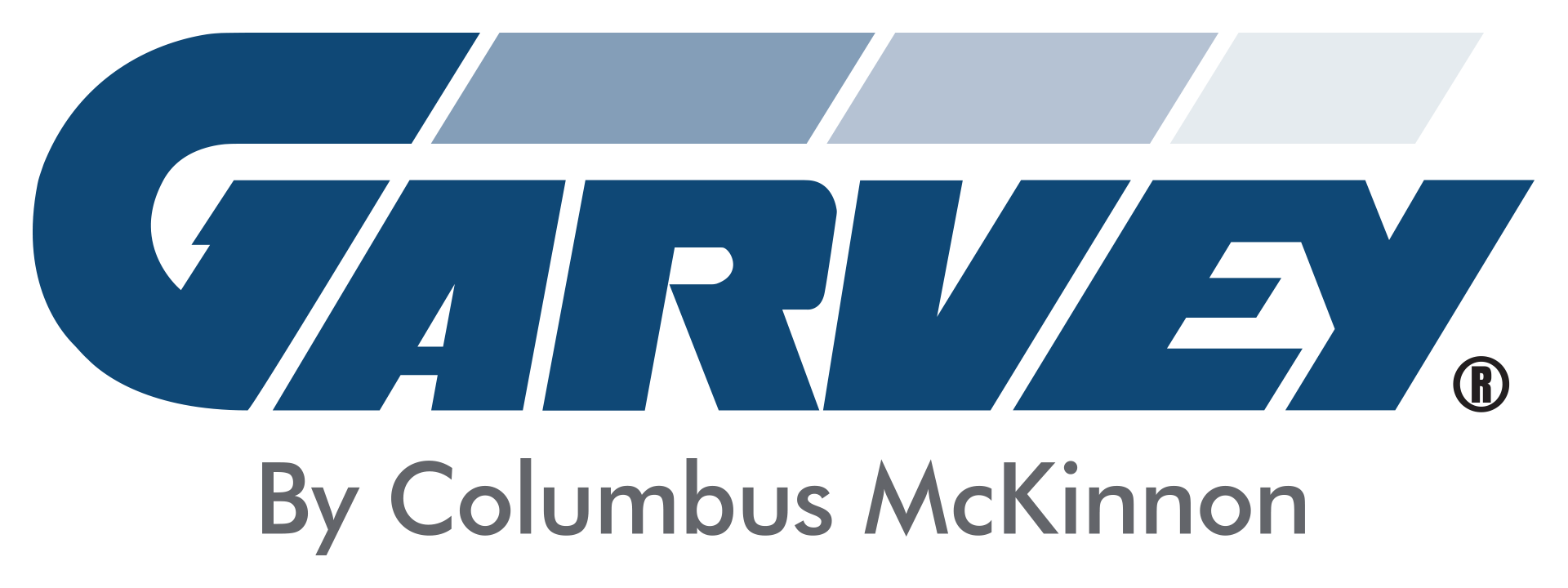If there’s one thing the pandemic has taught the manufacturing industry, it’s the value of being prepared. That’s why we launched a new preventative maintenance program — to help our customers keep their production lines running even in the face of unexpected events, like supply chain problems and restrictions on outside visitors in facilities.
We believe it’s the first program of its kind in our corner of the market, and so far the reception has been excellent. This is because, while the concept of preventative maintenance has been around since the 1990s, the dominant maintenance model in many companies today is still reactive, i.e., run-to-failure.
We get it. Investing in maintenance upfront can seem like a lot. It takes time, labor, and space (to store spare parts) — resources that many manufacturing companies simply don’t have to spare. But deferring maintenance only multiplies the associated costs.
Where it comes to an ROI, the numbers speak for themselves. Here are a couple of recent proof points:
- Automation and technology group ABB found a 202% ROI on preventative maintenance for turbochargers.
- JLL studied the various assets of a telecommunications company and found that preventative maintenance resulted in an average ROI of 545%. For some assets, the ROI was two times that.
What these studies demonstrate is that every dollar you spend on preventative maintenance will return several dollars back into your pocket. Here’s how:
- Decreased downtime / increased productivity. This is the obvious one — equipment that’s maintained properly is less likely to fail, which means your production line can keep running.
- Less waste and rework. A lack of maintenance may cause quality problems, increasing waste and the need for rework.
- Fewer major repairs. Major repairs can be expensive, especially if you don’t have the knowledge and skills in-house. Preventative maintenance helps you identify and solve small problems before they become big ones.
- Fewer emergency repairs. Preventing an emergency is infinitely less expensive than responding to one. Not only do emergencies result in unplanned downtime, but they typically involve extra labor costs because of overtime.
- Longer equipment life expectancy. If you take care of your equipment, it will last longer, which means you won’t have to replace it as soon.
- Lower energy consumption. Equipment that’s not well maintained often uses more energy. Preventative maintenance helps keep efficiency up and utility bills down.
- Safer working conditions. Malfunctioning equipment can pose safety hazards for your workforce. Keeping machines running smoothly reduces the risks of harm.
- Reduced lead time and costs for spare parts. Have you ever needed a spare part and discovered that it wouldn’t be in stock for 2 weeks? Or that expedited shipping would cost you several hundred dollars extra? A preventative maintenance program ensures you have the parts you need at the ready.
Would you like to learn more about Garvey’s preventative maintenance program? Contact our service department.




